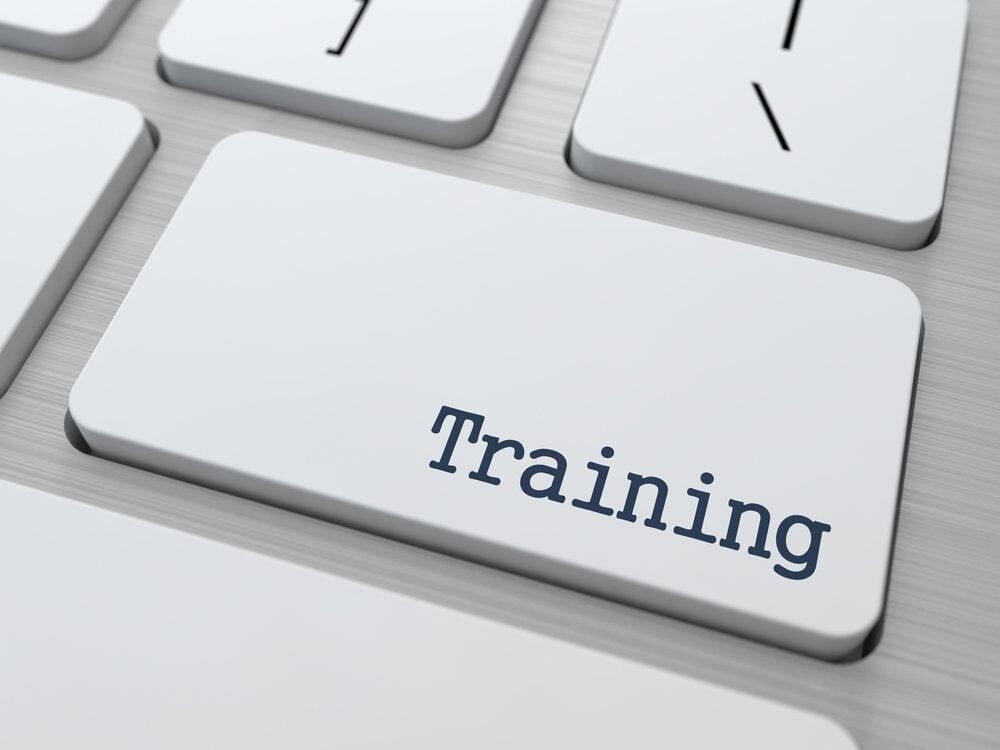As a small to mid-sized business (SMB) owner, you know your employees are vital. Choosing the right Human Capital Management (HCM) or Talent Management system can be overwhelming with so many HR software options available. How do you find the perfect fit for your unique business needs?
At Lift HCM, we help growing businesses navigate this complex landscape. We've guided hundreds of organizations in finding, implementing, and succeeding with HR tech solutions. This article simplifies your decision-making by highlighting key HCM features that directly impact operational efficiency, employee satisfaction, and overall business success.
Let’s break it down, one feature at a time.
Table of Contents
Building Your Foundation: User-Friendliness and Ease of Implementation
For SMBs, every minute and every dollar counts. An intuitive HR software interface isn't just a nice-to-have; it's a fundamental requirement. It ensures that your team can adopt the system quickly and efficiently, minimizing disruption to daily operations and maximizing your return on investment. If a system is too complicated, employees and managers will resist using it, leading to low adoption rates, operational inefficiencies, and ultimately, a wasted investment.
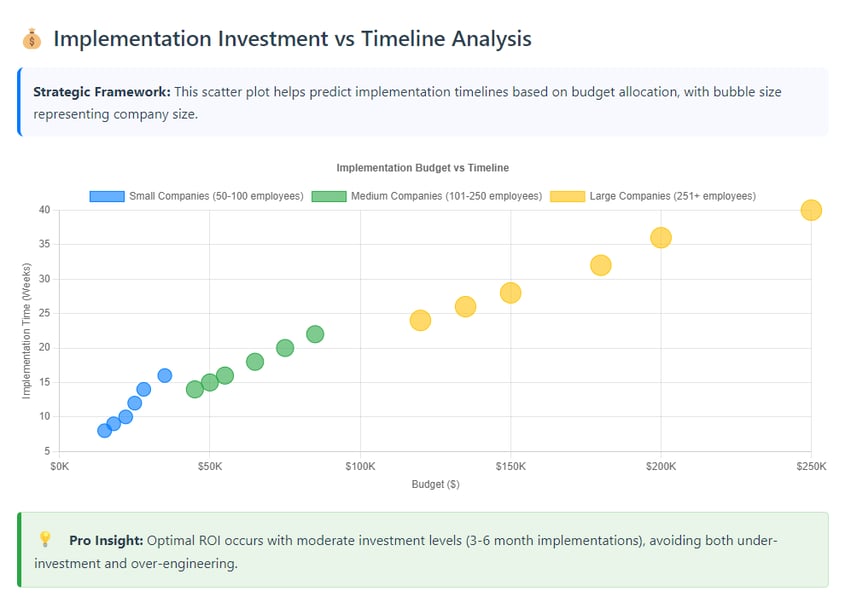
Key Features to Evaluate
- Intuitive Navigation: Dashboards should enable common tasks—time-off requests, pay stub access—in three clicks or fewer. Look for systems where employees can complete routine actions without referring to manuals or help documentation.
- Guided Onboarding Process: Step-by-step tutorials and interactive walkthroughs accelerate user adoption without overwhelming new users. The best systems introduce features progressively rather than front-loading complexity.
- Responsive Customer Support: Multiple support channels (phone, email, chat) with knowledgeable staff prove critical during implementation and beyond. Prioritize vendors offering dedicated implementation specialists and ongoing account management.
- Implementation Timeline Expectations: User-friendly systems typically require 8-12 weeks for deployment versus 16-24 weeks for complex enterprise solutions. This faster implementation means quicker ROI realization and less disruption to daily operations.
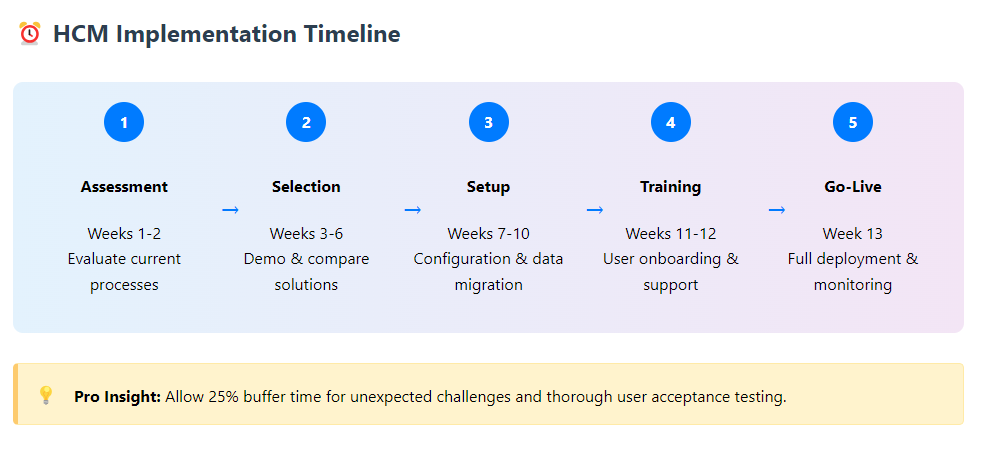
How Can an HCM System Scale with Your Growing Business?
As your business expands, your HCM system should seamlessly accommodate increased employee numbers, new departments, and evolving HR processes. Investing in scalable HR software solutions prevents costly system overhauls when growth accelerates.
Key Scalability Features
- Modular Design Architecture: Add functionalities—performance management, advanced recruiting, workforce analytics—without replacing the core platform. This approach protects your initial investment while enabling strategic capability expansion as needs evolve.
- Flexible User Management: Easy addition of users, roles, and permissions as your team grows, with intuitive role-based access controls. Look for systems that handle complex organizational structures without requiring technical expertise.
- Performance Stability: Consistent system performance under increased data loads and concurrent users. Request performance benchmarks from vendors, specifically around peak usage scenarios during payroll processing or open enrollment periods.
Growth Planning Considerations
- Multi-Location Support: Ensure the system handles different time zones, local compliance requirements, and location-based reporting
- Department Expansion: Verify scalability across various organizational structures and reporting hierarchies
- Feature Evolution: Understand upgrade paths and costs for advanced capabilities you may need in 2-3 years
Takeaway: Investing in an HCM system that supports your growth is a strategic decision that ensures your HR solutions for small businesses remain effective and efficient as you scale, preventing future headaches and unnecessary expenses.
Creating Operational Efficiency: The Power of Seamless Integration
Effective talent management systems integrate effortlessly with existing business tools, creating seamless data flow across your organization. This connectivity eliminates manual data entry, reduces errors, and significantly boosts operational efficiency.
Critical Integration Types
- Payroll and Accounting Systems: Automatic synchronization with QuickBooks, Xero, and ADP ensures payroll accuracy and simplifies financial reporting. Look for real-time data sync capabilities that maintain consistency across platforms.
- CRM and Productivity Tools: Seamless connection with platforms such as Salesforce, HubSpot, Microsoft 365, or Slack can dramatically improve workflow efficiency and user adoption. When your HR system integrates with tools your employees already use daily, it feels natural and enhances productivity rather than creating another silo.
- API Availability: Open APIs with comprehensive documentation facilitate custom integrations and future-proof your technology stack. Evaluate API rate limits and data access restrictions before committing.
💡 Pro Insight: Prioritize pre-built connectors over custom integrations where possible—they're faster to implement, more reliable, and easier to maintain long-term.
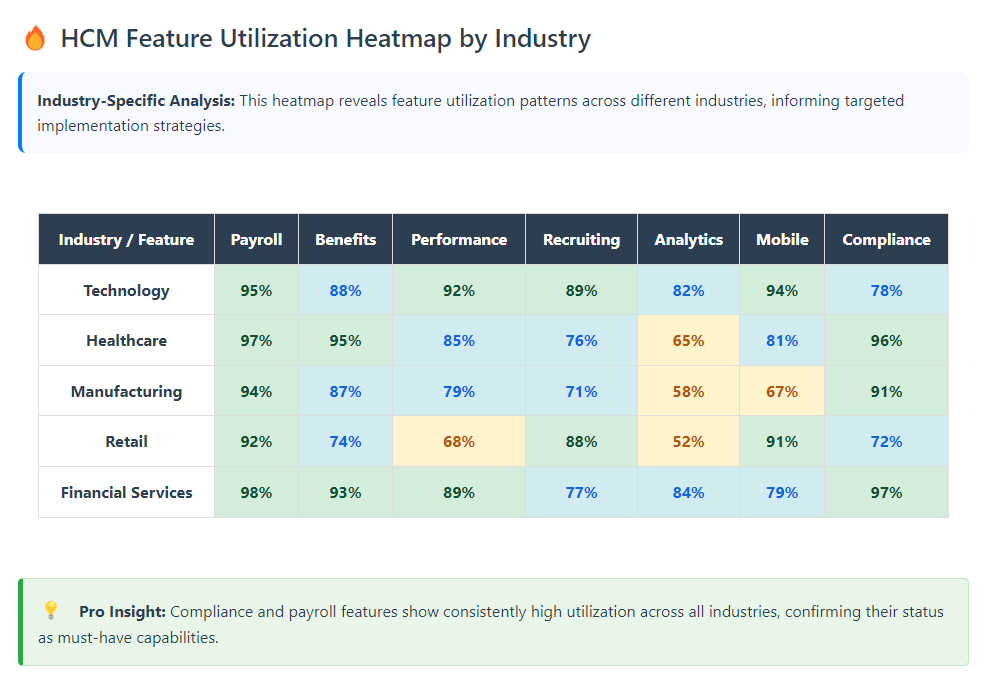
Integration Best Practices
- Map current data flows: Before selecting integration partners, thoroughly map out how data currently moves (or doesn't move) between your existing systems to identify critical integration points.
- Test critical integrations: To catch issues early, always test critical integrations during pilot phases, not just after go-live.
- Establish clear data governance protocols: Define who owns what data and how it's updated across integrated systems to maintain data integrity.
- Plan for integration maintenance: Integrations are not "set it and forget it." Plan for periodic review and updates as your systems or vendor APIs evolve.
Takeaway: Effective HR software integration is a powerful tool for streamlining operations. It reduces manual data entry, minimizes errors, and saves valuable time and resources for your SMB, allowing your team to focus on strategic initiatives rather than administrative tasks.
Empowering Modern Workforce Expectations: Mobile Accessibility
As your systems become more integrated and efficient, ensuring accessibility becomes paramount, especially in today's mobile-first workplace. Your HCM system must deliver full functionality across smartphones and tablets. Mobile accessibility ensures continuous HR operations regardless of location while meeting modern workforce expectations.
Essential Mobile Features
- Responsive Design: Systems optimized for various screen sizes provide consistent user experiences across devices. This approach eliminates the need for separate mobile applications while maintaining full functionality.
- Dedicated Mobile Applications: Native iOS and Android applications often provide a superior user experience with device-specific optimizations, push notifications for important alerts (like payroll updates or approval requests), and enhanced security features. These apps are designed for quick, on-the-go interactions.
- Offline Access Capabilities: These are essential for remote workers or employees in areas with inconsistent internet connectivity. Prioritize systems that enable offline data access and local updates that sync when connectivity resumes.
Mobile Use Case Applications
- Employee Self-Service Functions: Time-off requests, schedule viewing, pay stub access, and personal information updates should work seamlessly on mobile devices. These features reduce administrative burden while improving employee experience.
- Manager Approval Workflows: Managers need mobile capabilities for approving requests, accessing team information, and conducting basic performance management tasks. Mobile workflow optimization prevents bottlenecks in approval processes.
- Remote Work Support: Mobile accessibility becomes critical for distributed teams, enabling consistent HR processes regardless of employee location or work arrangement.
💡 Pro Insight: Companies prioritizing mobile HR accessibility report 40% faster response times for HR requests and significantly improved employee engagement scores.
Takeaway: Mobile HR accessibility is no longer a luxury but a necessity. It ensures flexibility and continuous HR operations, regardless of location, boosting employee convenience and manager efficiency, which are critical for today's dynamic workforce.
Driving Strategic Decision-Making: Robust Reporting and Analytics
Comprehensive analytics enable data-driven HR decisions that directly impact business outcomes. Modern talent management platforms provide actionable insights into workforce trends, performance patterns, and strategic opportunities.
Core Reporting Capabilities
- Customizable Dashboards: Tailor reports to focus on metrics most important to your business objectives. Look for drag-and-drop report builders that accommodate varying technical skill levels across your team.
- Real-Time Analytics Engine: Immediate insights enable proactive management rather than reactive responses, which is especially valuable for tracking employee engagement, turnover patterns, and recruitment effectiveness.
Advanced Analytics Features
- Predictive modeling: For workforce planning and identifying turnover risk assessment, helping you anticipate future staffing needs and proactively address retention challenges.
- Benchmarking: The ability to compare your organization's HR metrics against industry standards and peer organizations, providing context and identifying areas for improvement.
- Custom KPI tracking: Set up and monitor specific Key Performance Indicators (KPIs) with automated alerts for threshold breaches, ensuring you're always aware of critical changes.
- Mobile-optimized dashboards: For on-the-go decision-making, allowing leaders to access critical insights from anywhere.
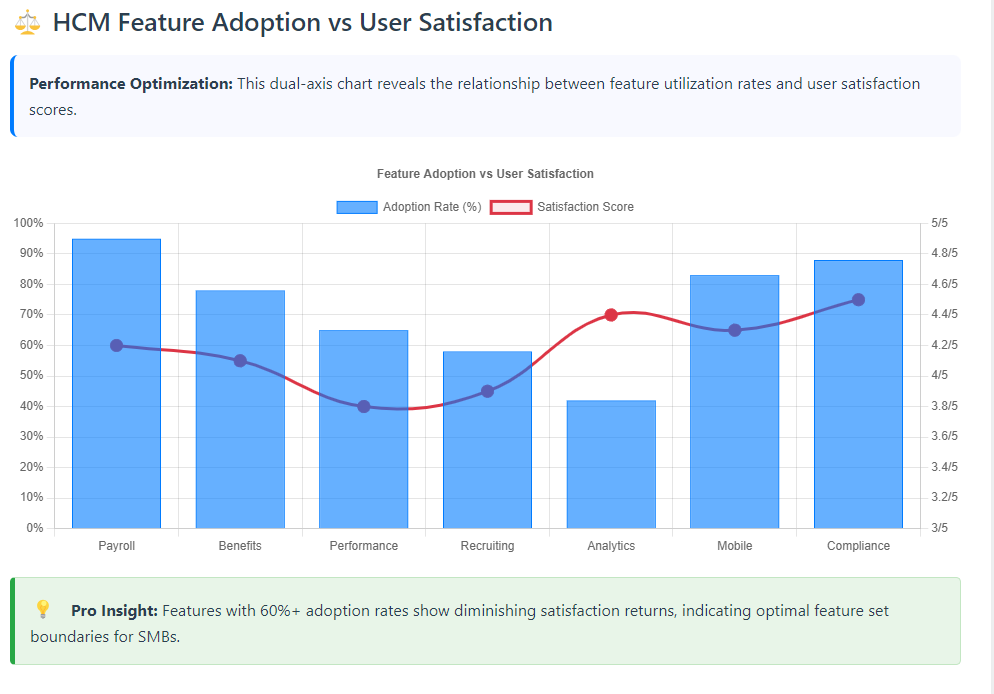
Strategic Analytics Applications
- Turnover Analysis: Identify departure patterns and at-risk employees for targeted retention efforts
- Performance Trend Monitoring: Track individual and team performance to identify development opportunities
- Recruitment Effectiveness: Measure source effectiveness, time-to-fill, and quality-of-hire metrics
Takeaway: Data-driven insights empower proactive HR management and strategic planning, helping your SMB optimize its most valuable asset: its people. By leveraging robust reporting and analytics, you can make smarter decisions that positively impact your bottom line.
Protecting Your Business: Compliance Management
As your HR capabilities become more sophisticated and data-driven, protecting your business through automated compliance becomes increasingly critical. Navigating complex labor laws and industry regulations is a challenge even for experienced HR professionals. Robust HR compliance software automates regulatory adherence, tracks employee information accurately, and generates required reports, significantly reducing non-compliance risks and potential penalties.
Automated Compliance Features
- Regulatory Update Monitoring: The best systems automatically update to reflect changing labor laws (e.g., minimum wage changes, new leave policies), tax regulations, and industry-specific requirements. This proactive feature protects against inadvertent violations and proves especially valuable for businesses operating in multiple states or jurisdictions.
- Documentation Management Systems: Centralized, secure storage for compliance-related documents, including I-9 forms, offer letters, policy acknowledgments, and training records. Look for systems providing audit-ready organization and retention scheduling.
- Deadline and Alert Management: Automated notifications for compliance deadlines, required actions (e.g., annual training, benefit enrollment periods), and regulatory changes ensure nothing falls through the cracks. This proactive approach prevents costly oversights and ensures your business remains in good standing.
Finally, with all these powerful capabilities in place, robust security becomes the cornerstone that protects everything you've built. Given the sensitive nature of employee data—personal details, financial information, health records, and performance evaluations—enterprise-grade security measures are non-negotiable for any talent management system.
Selecting the right HCM system is pivotal for efficient HR management and sustainable business growth. Key features to prioritize include user-friendliness, scalability, integration capabilities, robust reporting, mobile access, compliance management, and security. Before making a decision, thoroughly assess your current HR processes and identify specific areas where a new talent management solution can significantly improve them.
At Lift HCM, we specialize in providing tailored HCM solutions that align precisely with your unique business needs. Our expertise ensures a smooth transition, comprehensive implementation, and ongoing support, so you can focus on what you do best: growing your business.
Caitlin Kapolas
Caitlin Kapolas is a results-driven professional with a strong background in account management and retail. She is dedicated to improving client experiences and building lasting relationships. Caitlin excels in identifying client needs, resolving issues, and implementing customized solutions that drive value. Her effective communication skills ensure high client satisfaction and loyalty, making her a trusted advisor and partner in meeting client needs with precision and professionalism.









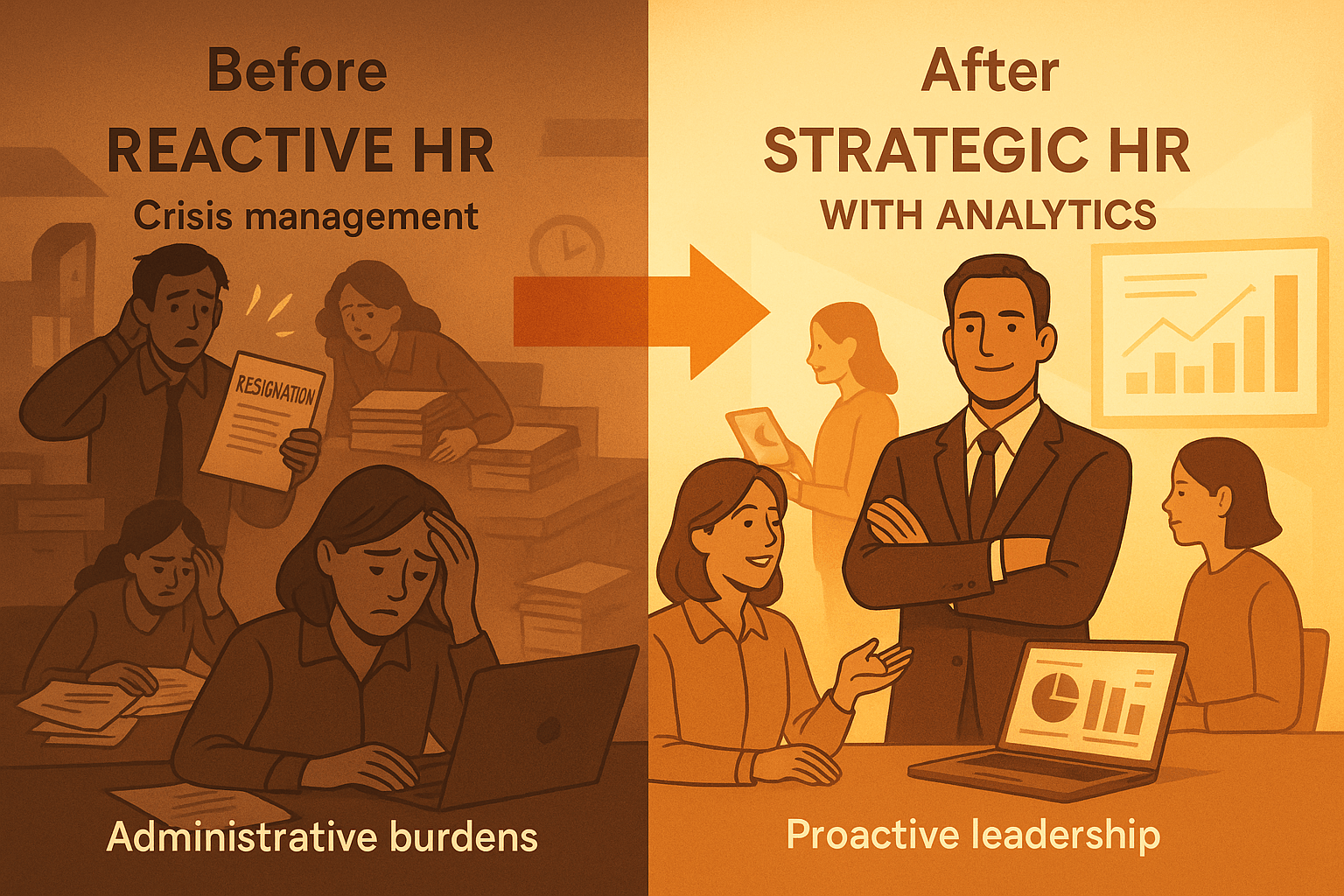
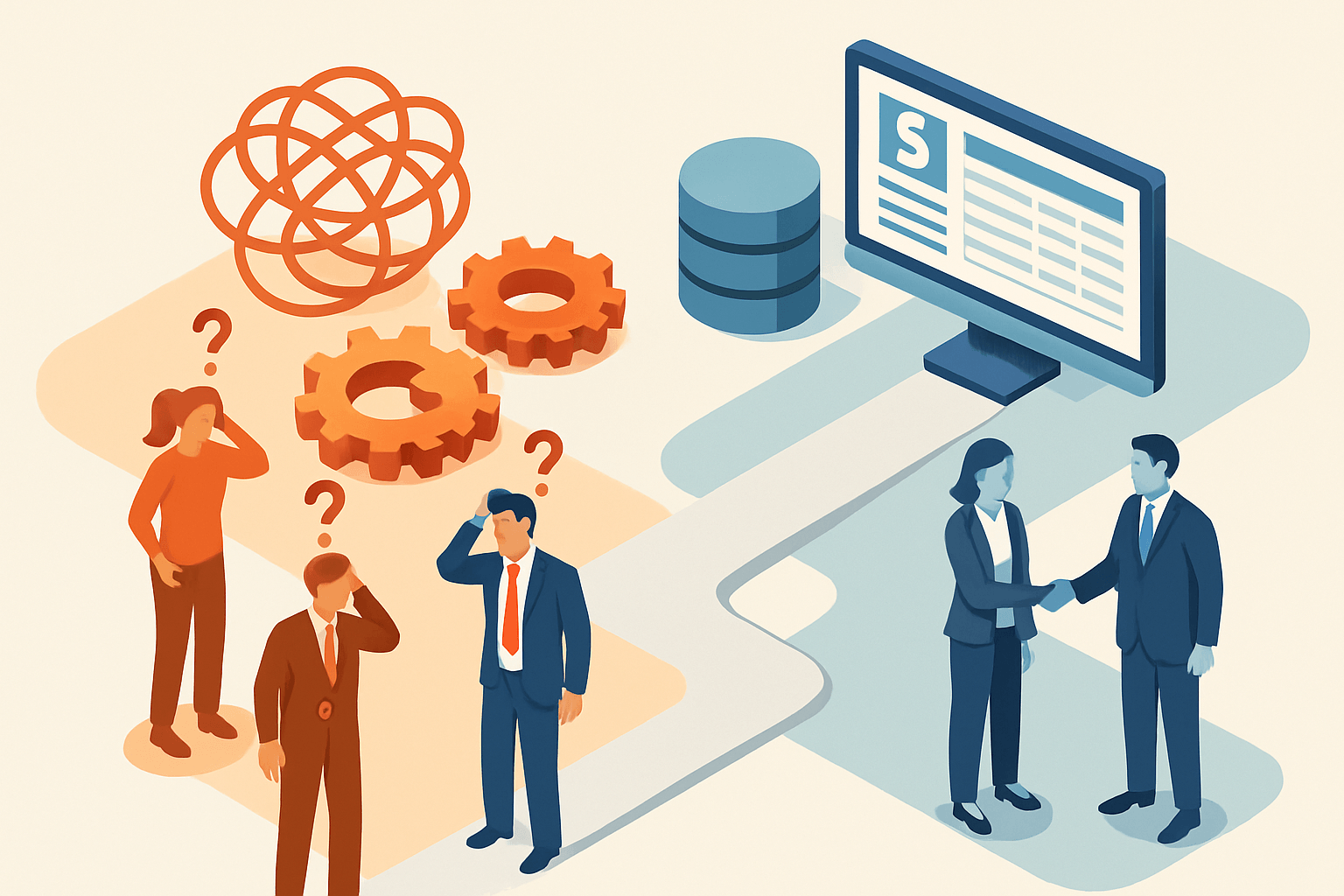
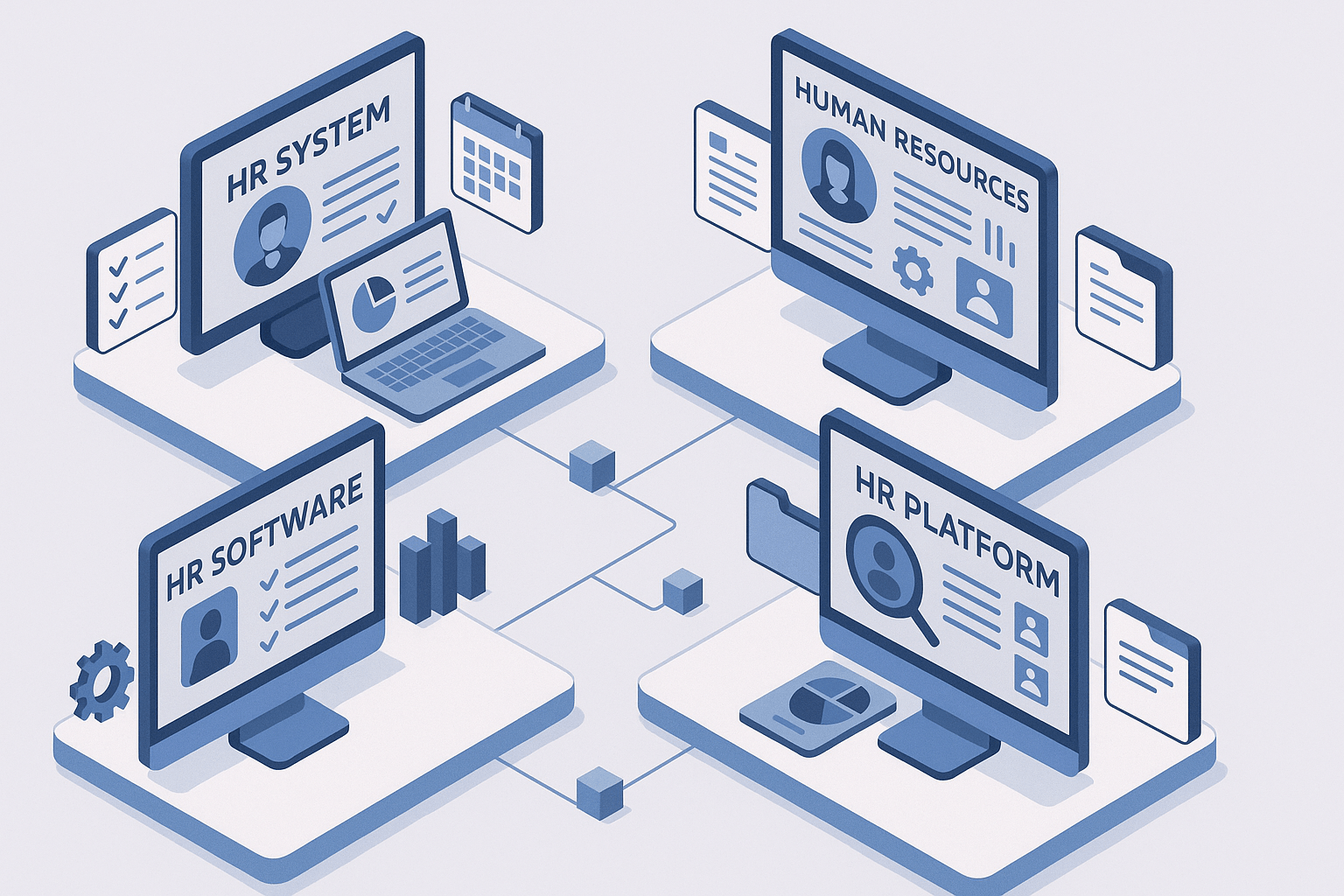
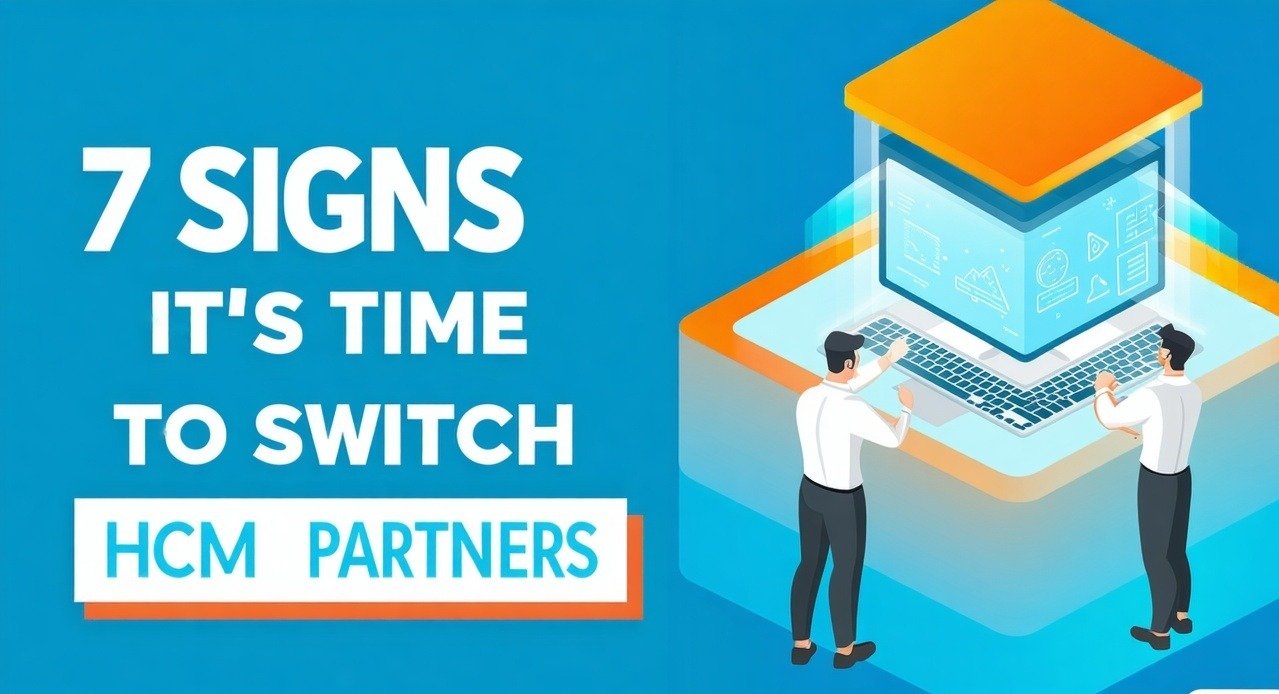
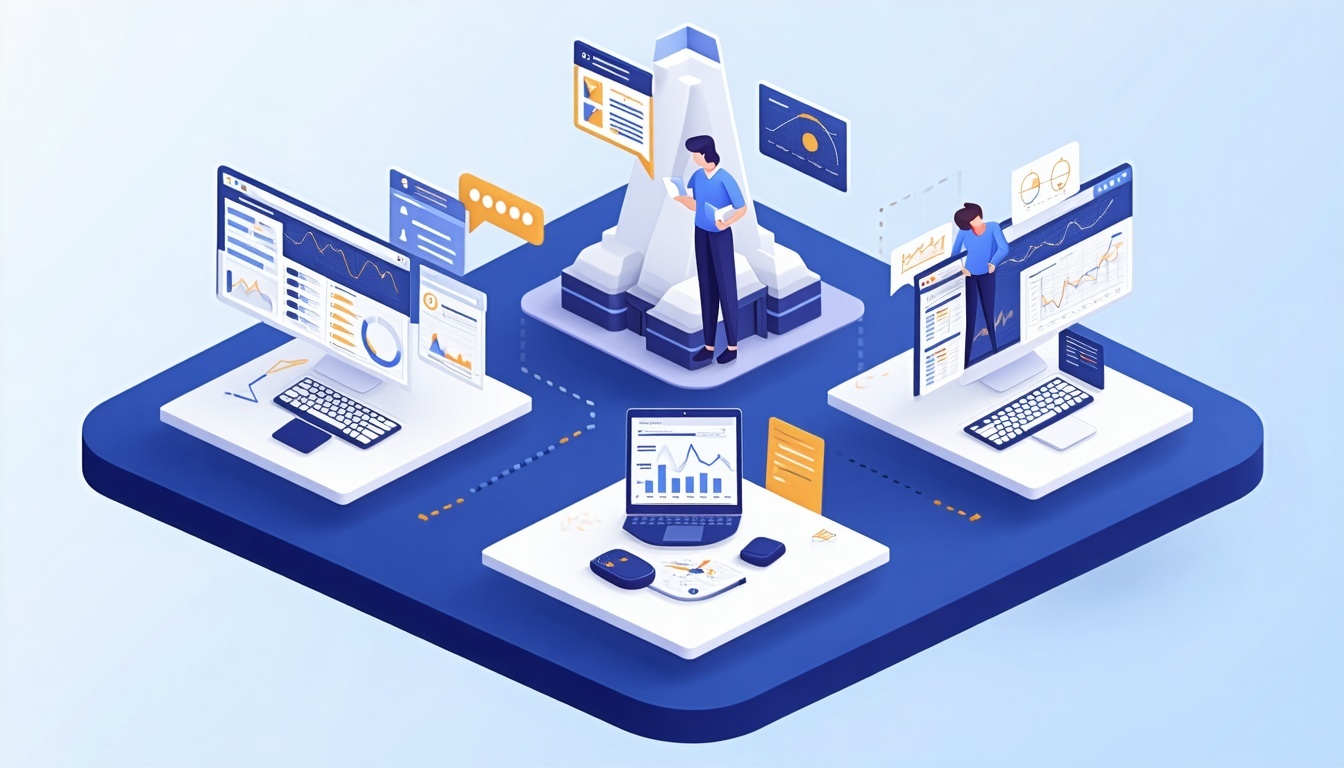
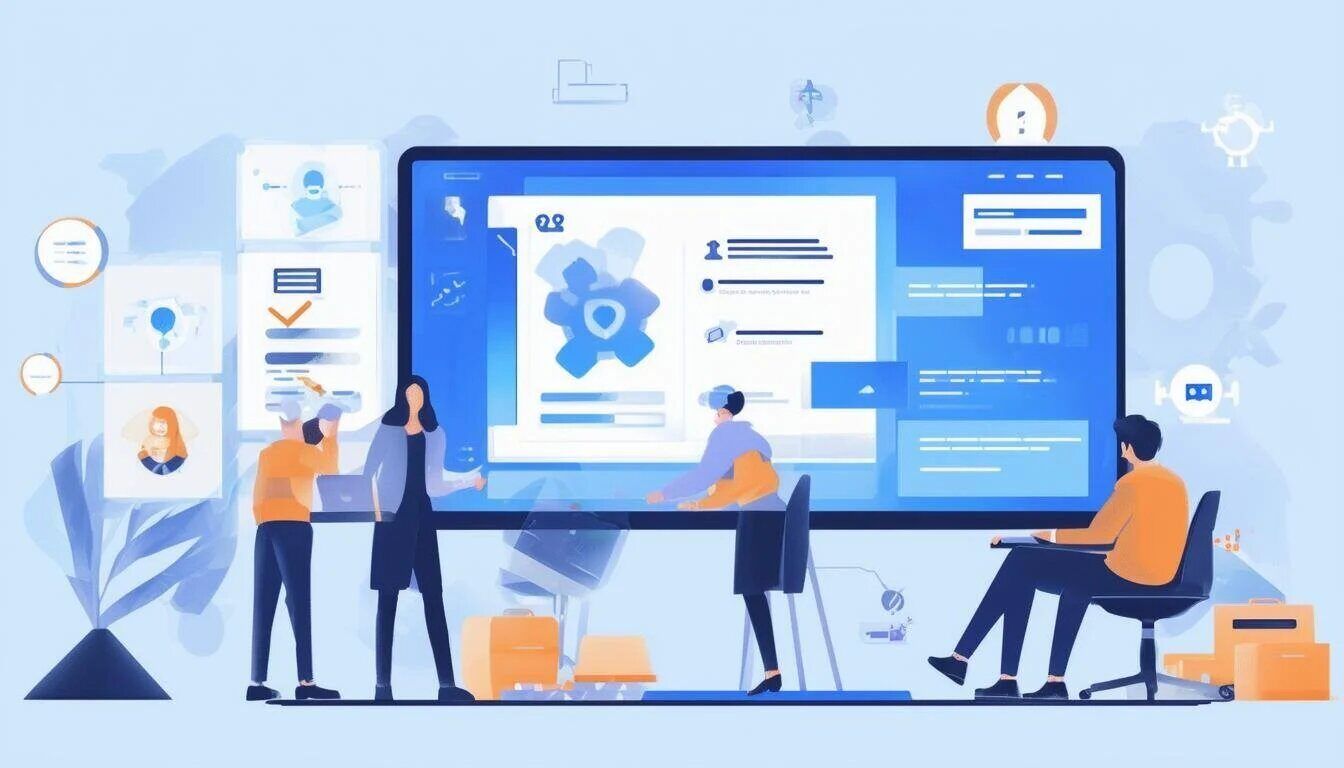
.webp?width=1080&height=1080&name=HR%20blocks(1).webp)
.jpeg?width=1024&height=1024&name=happy%20employees%20working%20together%20outside%20in%20the%20fall%20time(1).jpeg)
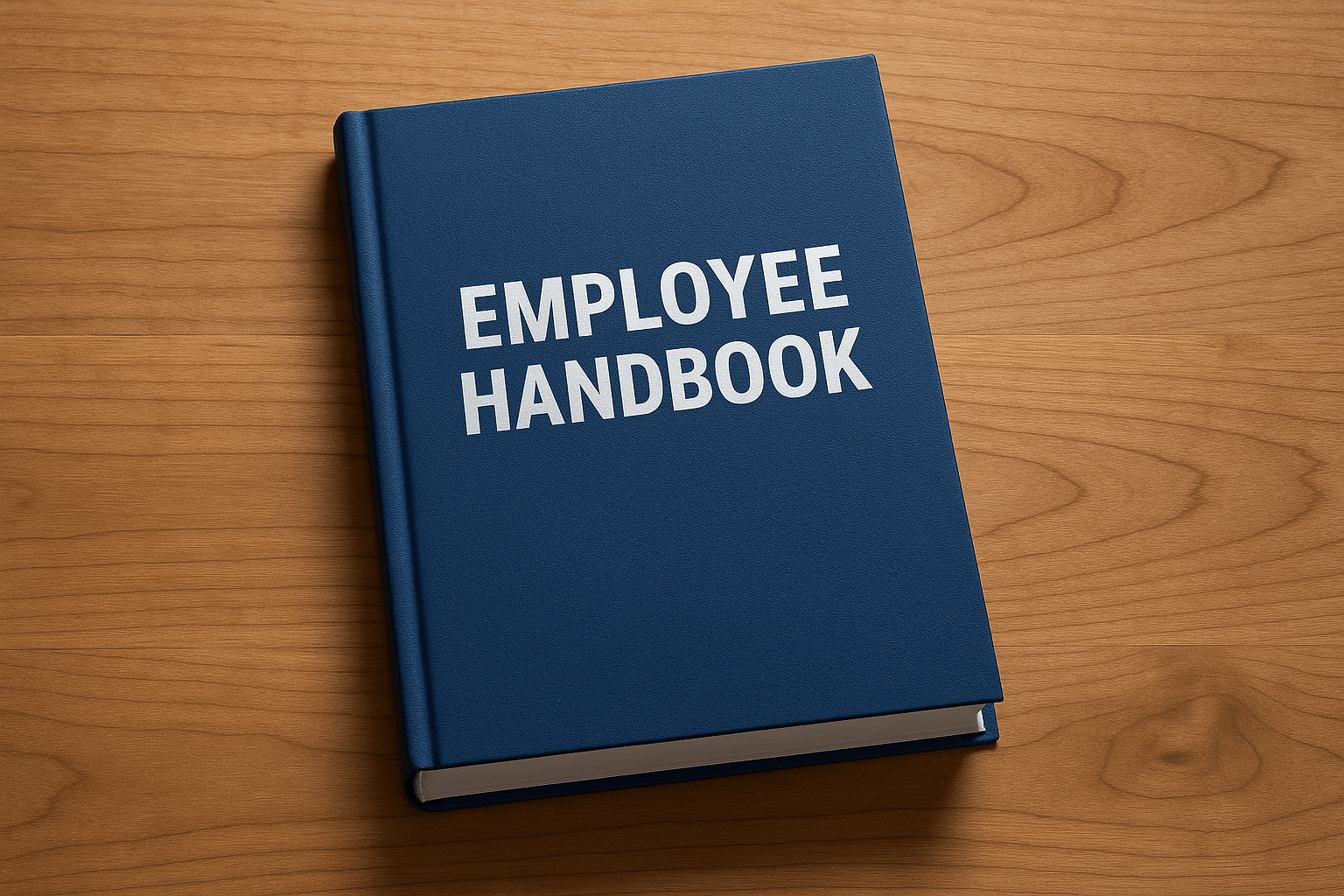


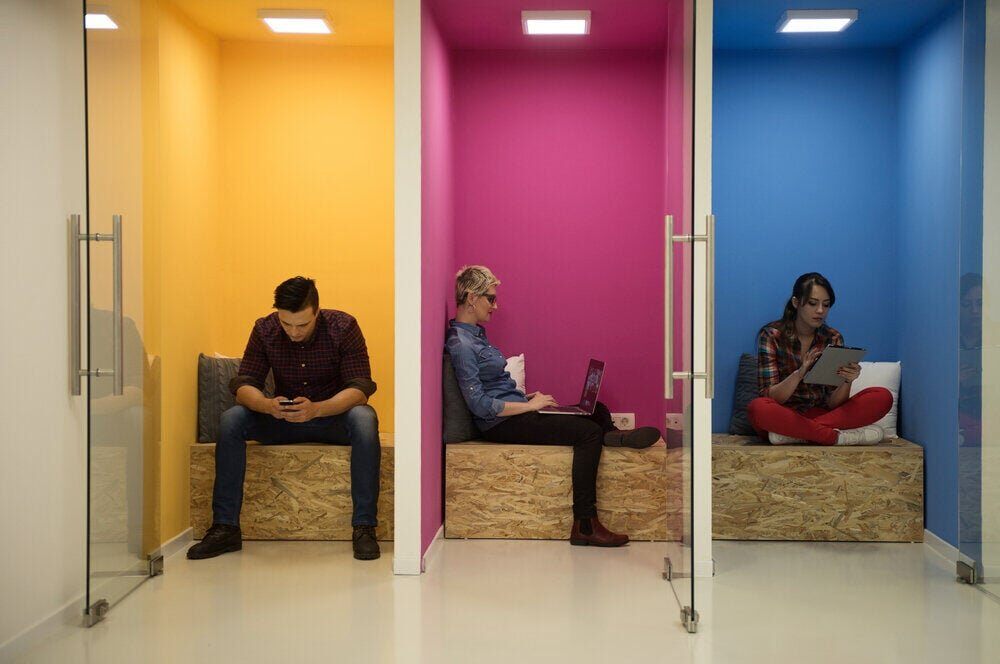

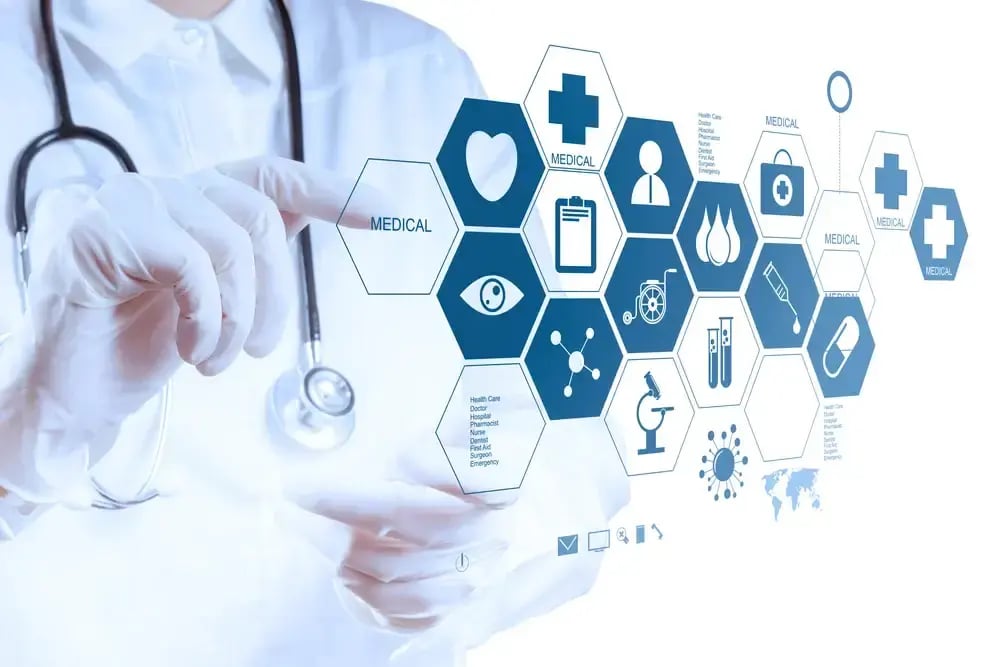



.jpeg?width=1344&height=768&name=Employee%20Retention%20Credit%20in%20amiercan%20english%20spelled%20across%20blocks(1).jpeg)

